The Revolutionary Impact of Tesla’s Optimus Robot
Introduction
Tesla’s Optimus robots are rapidly stealing the spotlight from the company’s iconic electric vehicles as Elon Musk continues to unveil groundbreaking updates for the humanoid robot. Musk has even declared that Optimus could surpass all of Tesla’s current offerings to become its most valuable asset. According to him, rival robots in development are missing at least two critical components that Optimus has mastered. With a redesigned version of the Tesla bot promised later this year, the anticipation around Optimus is skyrocketing. But what makes this robot so revolutionary, and why is it already being hailed as a game-changer in the robotics industry?
Table of Contents
Elon Musk’s Vision for Optimus
During Tesla’s third-quarter earnings call, Musk underscored Optimus’s transformative potential, remarking, “I think Optimus will ultimately be our most valuable part and I think it has a good chance of being the most valuable product ever made.” To put this claim in perspective, Tesla has sold over 5 million electric vehicles since 2013, cementing its dominance in the EV market. Yet Musk envisions a future where Optimus could outshine these achievements. He speculated that the demand for the robot could be so immense that there might eventually be one or even two Optimus units per person globally. Such an idea, while exhilarating, raises questions about practicality, affordability, and whether consumers are ready for such an innovation.
Market Adoption and Challenges
Even if Tesla manages to price the robot at $20,000, challenges like market adoption and public skepticism loom large. Despite these hurdles, Optimus continues to demonstrate remarkable promise. Tesla has been steadily upgrading the robot, showcasing its potential through real-world applications. At the WeRobot event, Tesla highlighted the progress of its fleet, unveiling 43 Optimus robots equipped with advanced features including voice recognition, language processing, and impressive physical capabilities. These enhancements allow Optimus to climb stairs, navigate independently, and recharge itself without human intervention.
Real-World Applications and Demonstrations
In one recent demonstration, Optimus confidently maneuvered through Tesla’s 4680 battery plant in Texas, seamlessly avoiding obstacles and interacting with people. This milestone hints at the robot’s potential adaptability for more dynamic environments such as homes, offices, and even bustling urban settings. One of Optimus’s standout capabilities is its ability to create and share digital maps of its surroundings using a process similar to the mapping technology in Tesla’s autonomous vehicles. The robot scans its environment and builds a detailed spatial map. This data can then be shared across a network of Optimus units, allowing them to recognize and efficiently navigate areas that have already been explored. This feature drastically reduces the time needed for retraining and enhances operational efficiency.
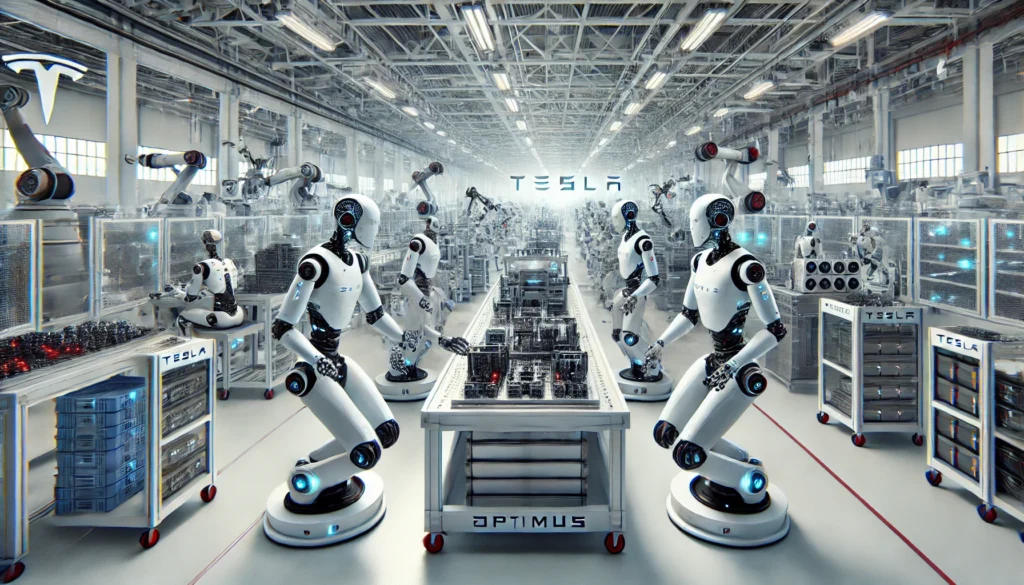
Technological Advancements in Optimus
Tesla has ambitious plans to deploy thousands of these robots in its factories next year, with a limited rollout to customers soon after. To prepare for mass adoption, Tesla is focusing on refining Optimus’s dexterity and perfecting its robotic hands. These advanced hands are critical for handling complex tasks, from delicate object manipulation to operating machinery in industrial settings. If Tesla successfully addresses these challenges, Optimus could redefine the future of robotics, blurring the line between machines and human-like capabilities.
Dexterity and Advanced Features
The latest upgrade to Optimus features a groundbreaking hand with 22 degrees of freedom, marking a significant leap in functionality. This enhancement brings Optimus closer to human-level dexterity, a critical feature for handling complex tasks. Elon Musk highlighted this development during Tesla’s earnings call, using the example of a robotic hand capable of precisely playing piano keys to illustrate its potential. The newest generation hand doubles the flexibility of its predecessor, previously limited to 11 degrees of freedom, and sets a new standard in robotics. This third-generation design represents a major milestone, achieving a level of articulation that surpasses most other robots, which typically feature fewer than 10 degrees of freedom. While a human hand boasts 27 degrees of freedom, Optimus’s 22 degrees place it within striking distance of replicating the nuanced movements required for tasks ranging from delicate manipulations to heavy lifting.
Enhanced Grip Strength and Balance
Despite Tesla’s relatively short history in robotics, this achievement highlights the company’s rapid progress in merging cutting-edge engineering with practical application. In a recent demonstration, Optimus showcased its capabilities by securely lifting a 25-pound tray of 4680 batteries using only its fingertips. This feat underscores the robot’s remarkable grip strength combined with a refined balance of power and precision. Like a human straining their fingers, wrist, and shoulder under heavy loads, Optimus’s fingers and wrist have been engineered for both stability and fine-tuned control. The upgraded hand incorporates tendon-like structures in its wrist, featuring four tendons per finger—a notable improvement over the previous design, which relied on coil springs in its joints. This innovation allows for smoother and stronger grips supported by 22 actuators, 20 dedicated to the fingers and two to the wrist.
Tactile Sensing and Autonomy
Additionally, Optimus now boasts enhanced tactile sensing capabilities, enabling it to adjust grip force dynamically. It can gently hold fragile items like eggs without breaking them and perform intricate tasks such as peeling an egg or threading a needle. As Musk described in a post on X, beyond dexterity, Optimus is equipped with advanced autonomy. Using its rear camera, it can independently locate and dock at a charging station, demonstrating an awareness of its surroundings. This ability not only supports practical functions like self-charging but also hints at broader applications, such as serving as a home security robot. Optimus could detect and track intruders, providing real-time monitoring and response.
Tesla’s Innovative Approach
With these advancements, Tesla’s Optimus is rapidly transforming from a futurist concept into a tangible, functional robot poised to impact industries and daily life. From performing delicate tasks to heavy-duty operations, the robot exemplifies Tesla’s innovative approach to bridging the gap between science fiction and reality. Tesla’s humanoid robot Optimus is pushing boundaries in robotics, showcasing the ability to navigate complex environments like uneven terrain and even stairs. While these tasks come naturally to humans, they present enormous challenges for robots, requiring precise balance and constant micro-adjustments.
Real-World Impact and Future Prospects
Tesla has achieved remarkable progress, as evidenced at the WeRobot event, where Optimus not only walked among attendees but also served drinks and snacks—an incredible leap forward in humanoid robotics. A total of 43 robots were showcased at the event, making Tesla the first company to reach this milestone. Elon Musk humorously reflected on Tesla’s journey, contrasting their early days where someone awkwardly danced in a robot costume with the current reality of fully functioning humanoid robots interacting seamlessly with people. If this trajectory continues, it’s only a matter of time before we see Optimus integrated into diverse industries, from elder care to restaurant service and beyond.
Cost and Market Potential
Elon Musk emphasized that the initial price of Optimus will be steep but is expected to decrease as production scales, following a similar trajectory as Tesla’s electric vehicles. The robot’s cost could start at $20,000 to $30,000, making it more affordable than many cars. Unlike a car, however, Optimus won’t just sit idle; it’s designed to perform various tasks, some of which could even generate income for its owners. The robot is envisioned as a practical mass-market product, with a potential demand Musk estimates at up to 8 billion units. Realistically, a high estimate might fall between 1 and 2 billion robots, divided between individual users and companies looking to reduce labor costs. Businesses are likely to compete for Optimus units to automate tasks and enhance productivity in their facilities. Optimus’s versatility opens doors to countless household applications, from teaching and childcare to dog walking, lawn mowing, and companionship.
Household Applications and Assistance
Imagine asking, “Hey Optimus, could you help with groceries?” and having the task completed seamlessly. This innovation could be particularly transformative for elderly individuals living alone, offering a blend of assistance and companionship. Musk has proposed additional uses, including shopping, serving drinks, and even mowing lawns, underscoring Optimus’s potential to revolutionize everyday life. The robot is also tailored to handle tasks humans often avoid—those that are dull, repetitive, or hazardous.
Development and Future Upgrades
Despite its impressive debut, Optimus is still under development. At the recent event, Tesla employed human supervisors for guidance, including remote operation during interactions with attendees. The robot’s actions, such as serving drinks and snacks, showcased its capabilities, but the voice attendees heard was controlled by a human operator rather than an autonomous system. Tesla acknowledged this oversight, clarifying that human guidance was included to enhance the event’s appeal. While the robot’s external design hasn’t changed significantly, its capabilities are evolving rapidly. Elon Musk hinted at a design refresh later this year, promising something special for the upcoming version.
Competition and Market Position
Tesla faces fierce competition in the field of humanoid robotics. In North America, companies like Boston Dynamics, Agility Robotics, and Figure AI are developing advanced robots to rival Optimus. With decades of experience, Boston Dynamics holds an edge in movement dynamics, but Tesla’s AI-driven approach sets it apart. As Tesla refines its capabilities, the impact of Optimus is poised to extend across sectors, offering transformative solutions for businesses and individuals alike. Whether assisting with household chores, automating industrial tasks, or exploring extraterrestrial possibilities, Optimus is a beacon of a future driven by adaptive automation.
Table: Economic Impact of Optimus Robots
| Metric | Current Status | Projected Status in 5 Years |
|---|---|---|
| Initial Cost per Unit | $20,000 – $30,000 | $15,000 – $20,000 |
| Estimated Market Demand | 1 – 2 billion units | 3 – 4 billion units |
| Potential Industry Applications | 10+ industries | 20+ industries |
| Average Tasks per Day per Unit | 50 tasks | 100+ tasks |
| Reduction in Labor Costs | 20% | 40% |
| Increase in Productivity | 25% | 50% |
| Revenue from Optimus Sales | $100 billion | $500 billion |
Conclusion
With its smooth, confident walk and steadily advancing abilities, Optimus is more than just a robot; it’s a glimpse into the next stage of technological evolution. Tesla’s Optimus robot is set to redefine the robotics industry, blending cutting-edge technology with practical applications to create a product that promises to revolutionize daily life and various industries.
FAQs
Q: What makes Tesla’s Optimus robot revolutionary?
A: Tesla’s Optimus robot is revolutionary due to its advanced features, including 22 degrees of freedom in its hands, voice recognition, language processing, and the ability to create and share digital maps of its surroundings. These capabilities allow it to perform complex tasks and adapt to various environments, making it a game-changer in the robotics industry.
Q: How does Optimus compare to other robots in development?
A: According to Elon Musk, rival robots in development are missing at least two critical components that Optimus has mastered. With its advanced dexterity and autonomy, Optimus stands out in the robotics market, particularly in its ability to perform intricate tasks and navigate complex environments.
Q: What are the potential applications of Optimus?
A: Optimus has a wide range of potential applications, from industrial settings to household tasks. It can handle delicate object manipulation, operate machinery, assist with groceries, provide companionship, and even serve drinks. Its versatility makes it suitable for various industries and everyday use.
Q: What are the challenges facing the adoption of Optimus?
A: Challenges include market adoption, public skepticism, and the initial high cost of the robot. However, as production scales, the price is expected to decrease, making it more accessible to a broader audience.
Q: How is Tesla addressing the dexterity of Optimus?
A: Tesla is focusing on refining Optimus’s dexterity by developing advanced robotic hands with 22 degrees of freedom. These hands incorporate tendon-like structures and enhanced tactile sensing capabilities, allowing the robot to perform complex tasks with precision and strength.
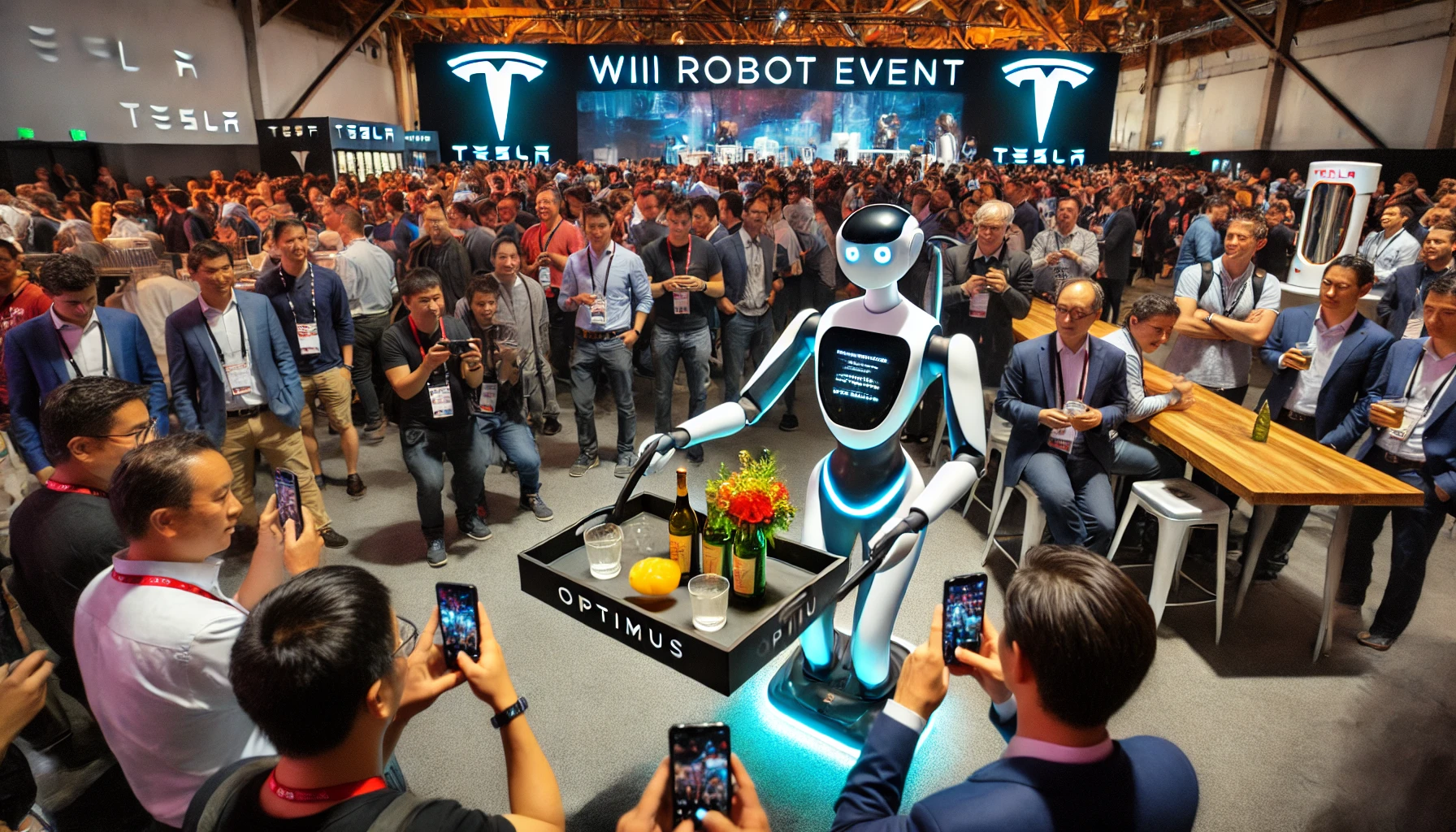

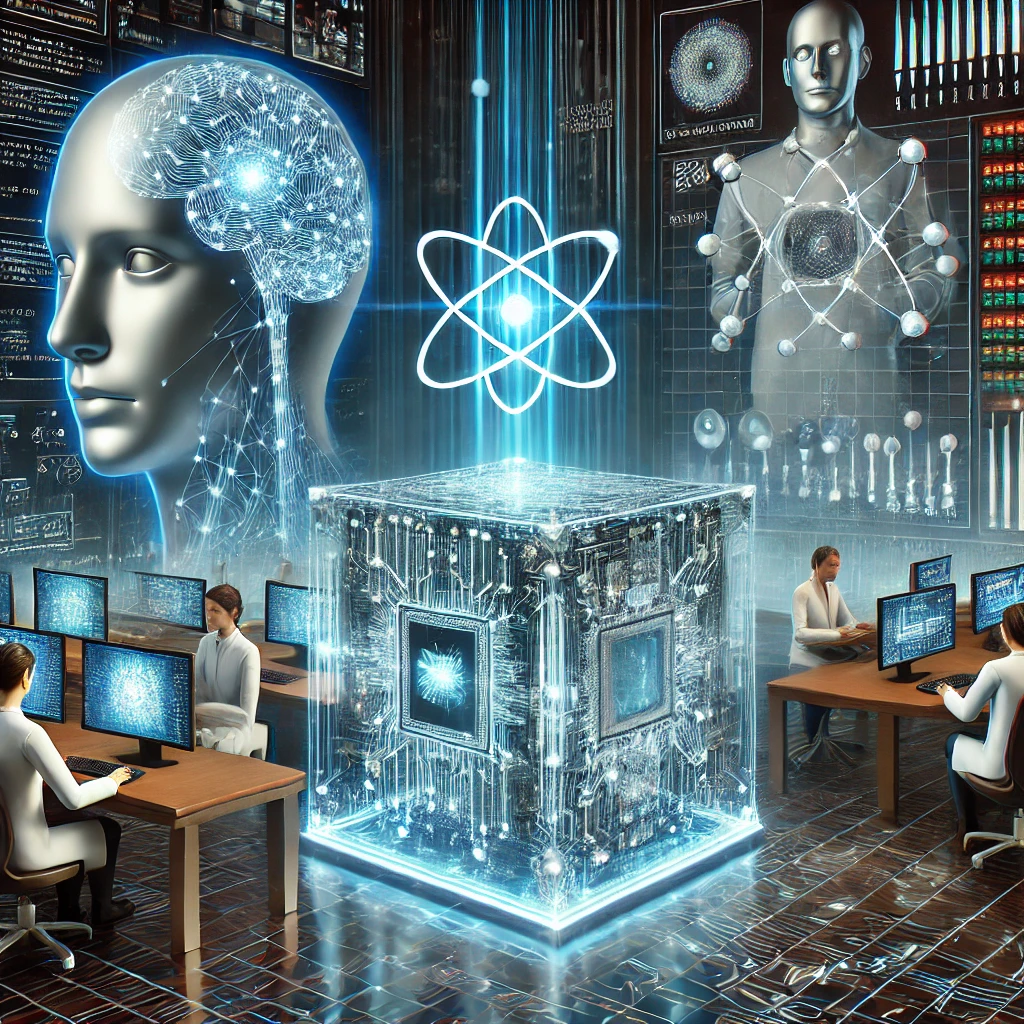
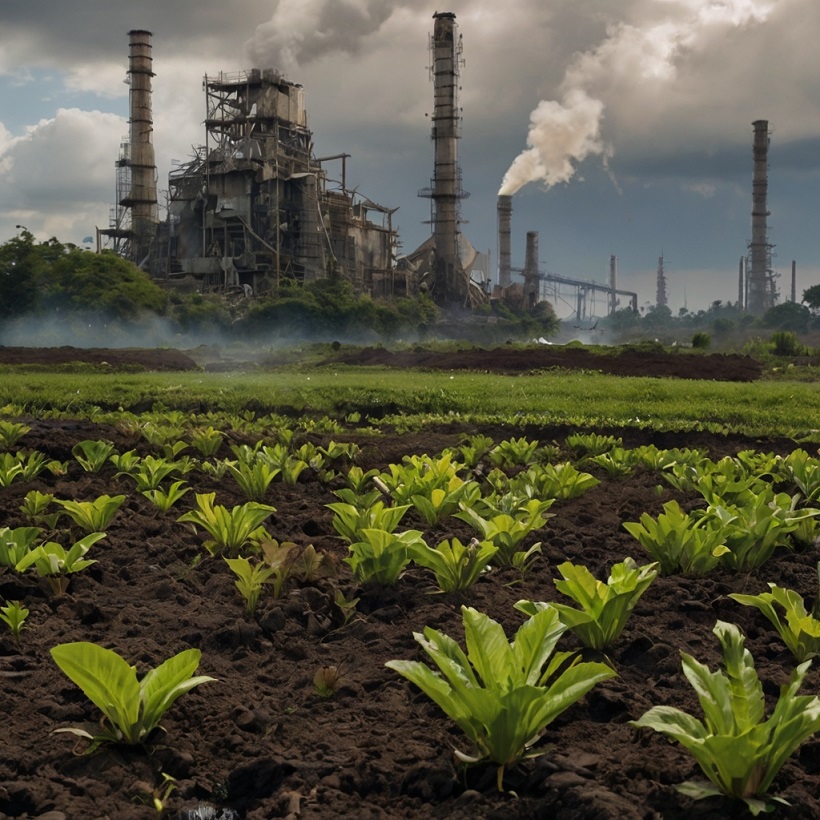


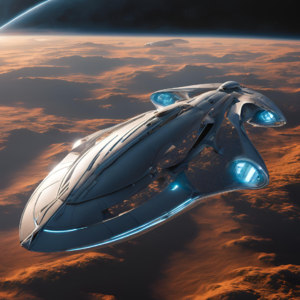




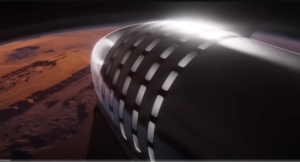


Post Comment